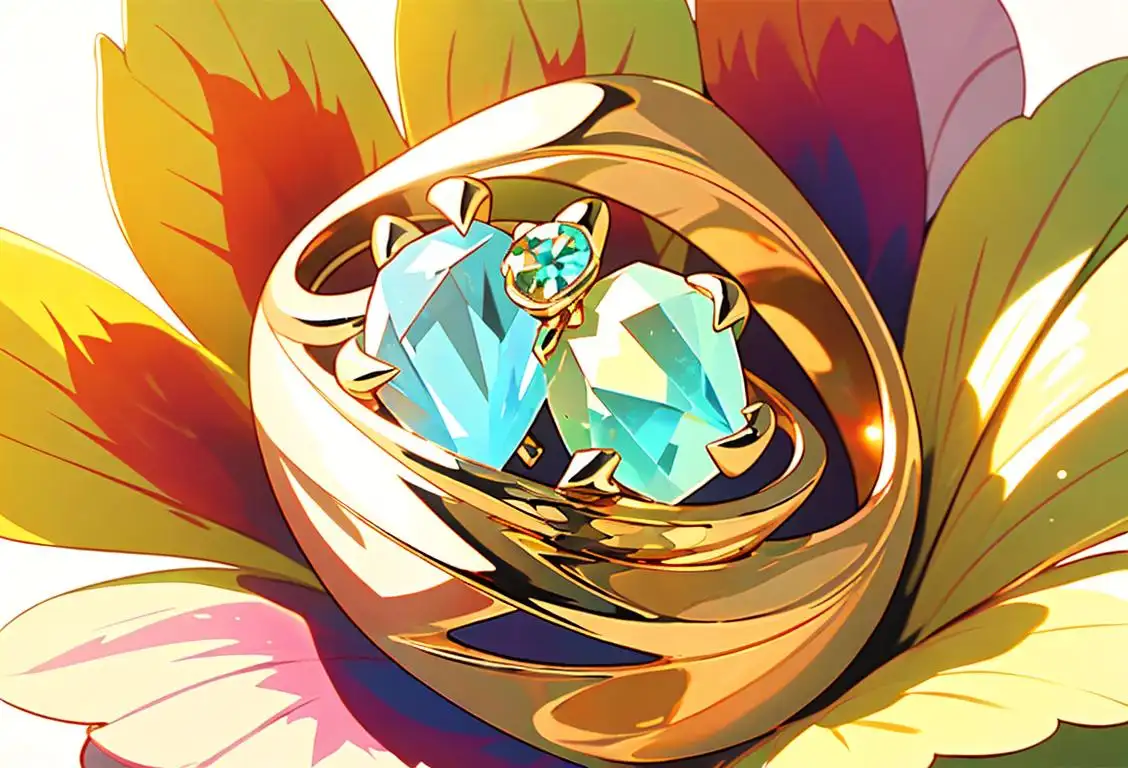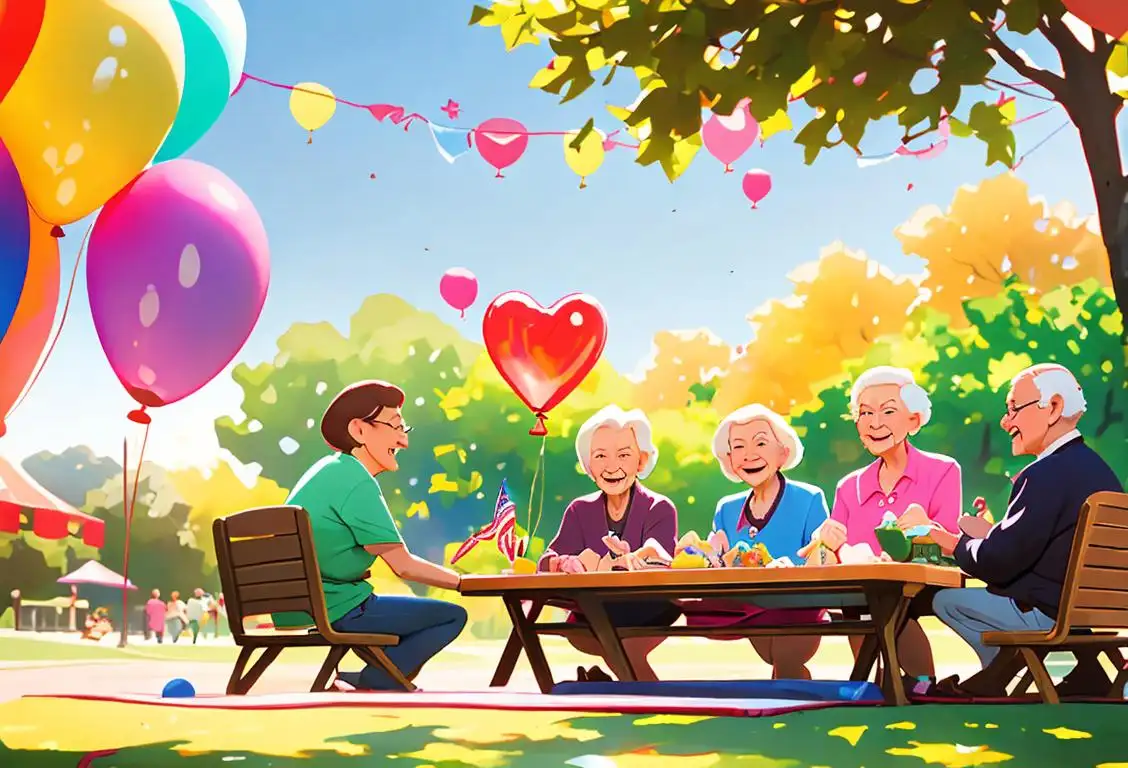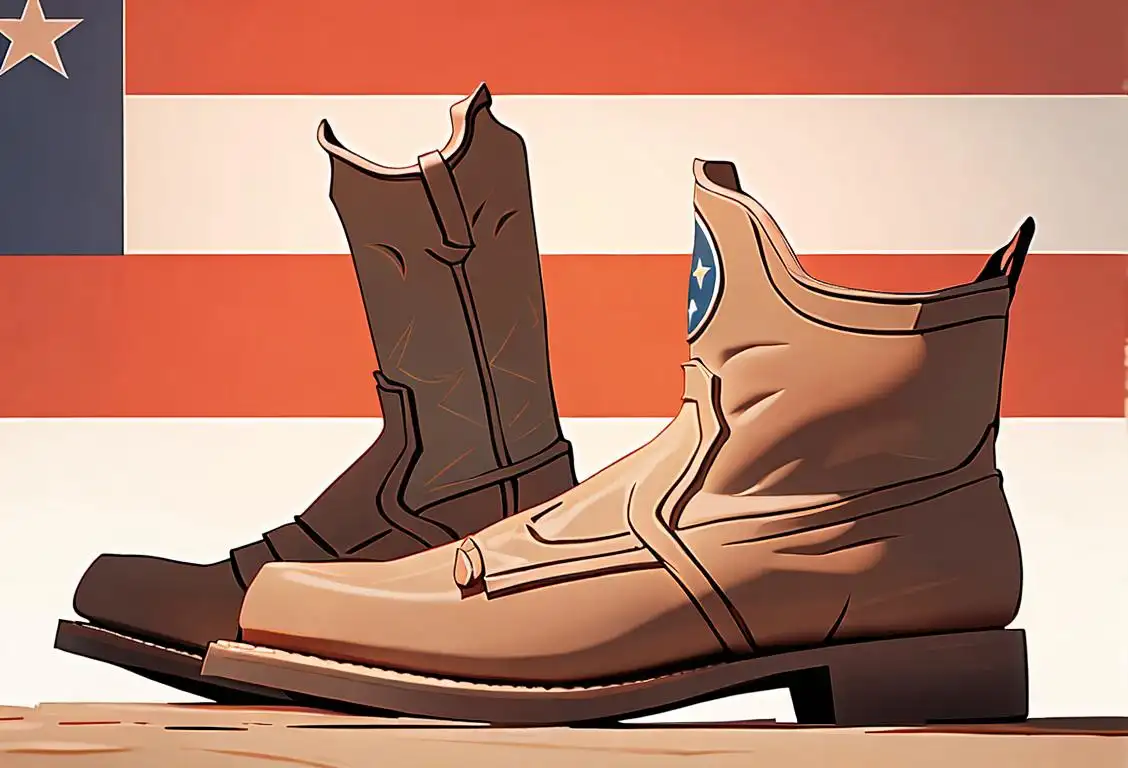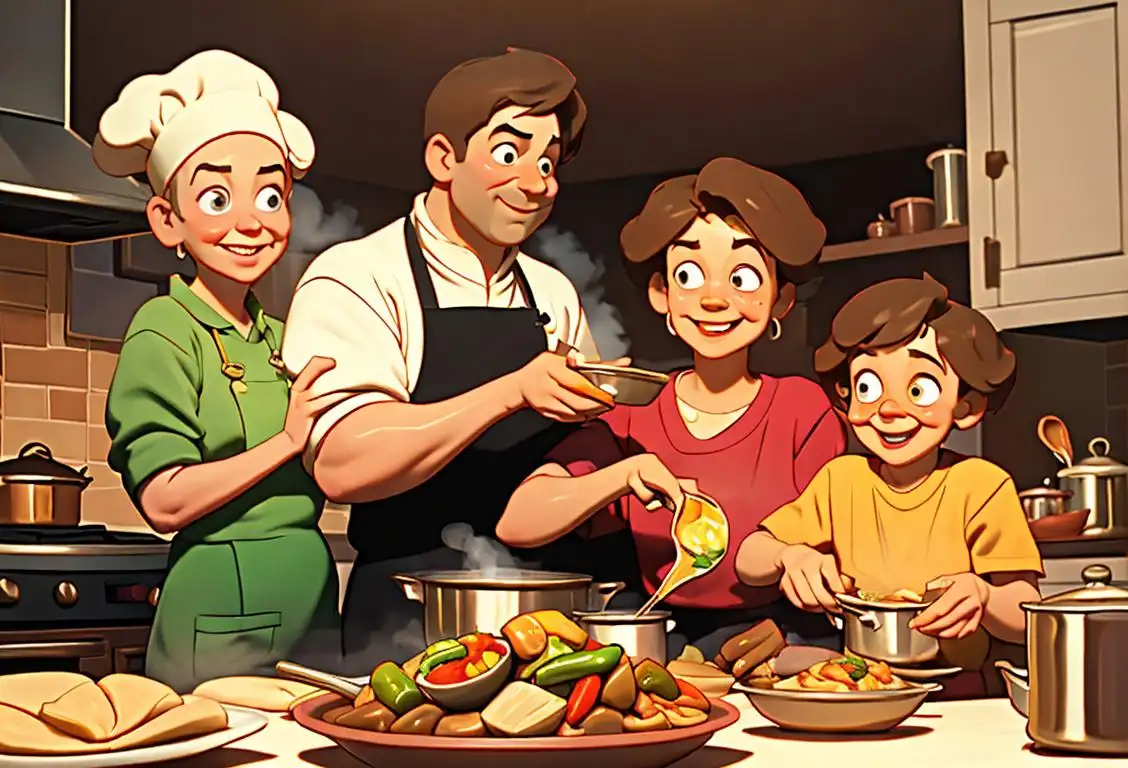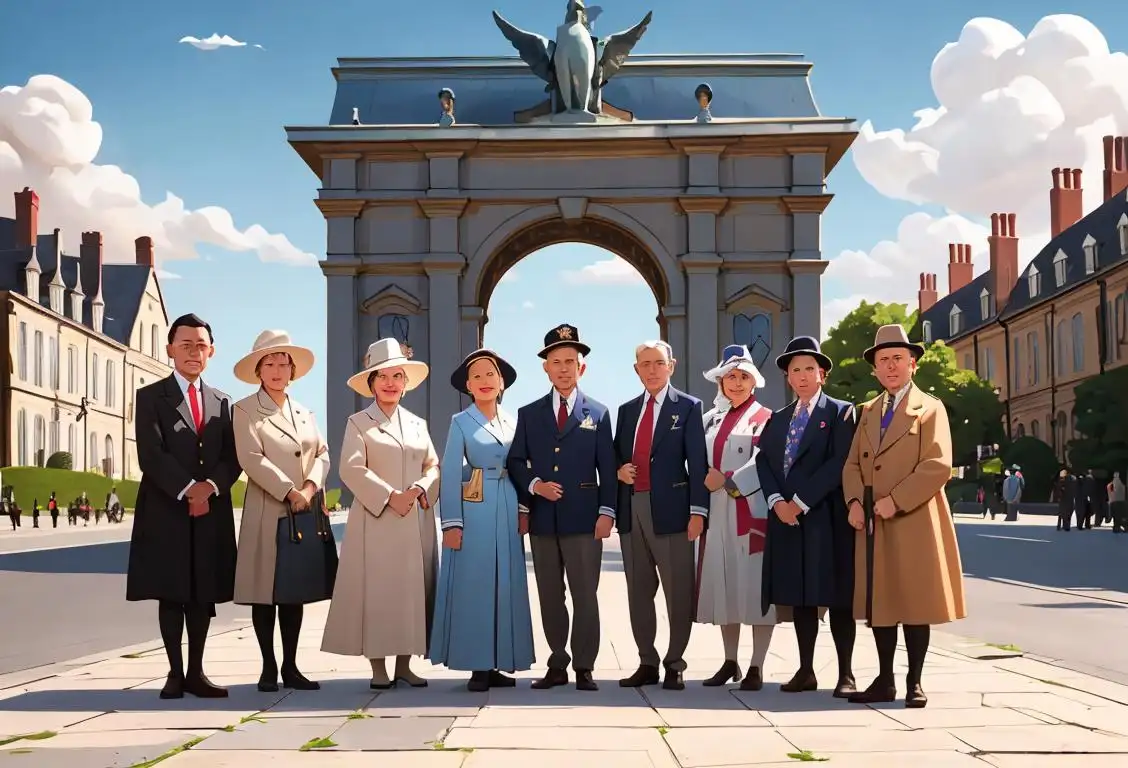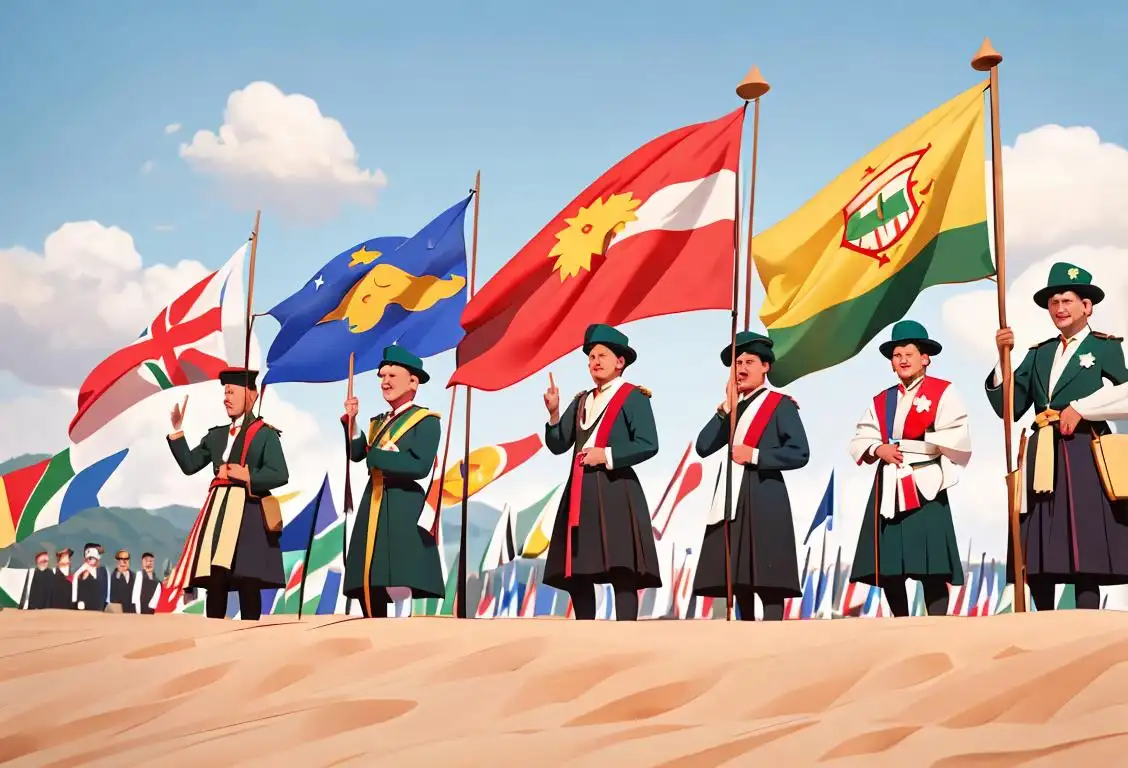National Crown Day
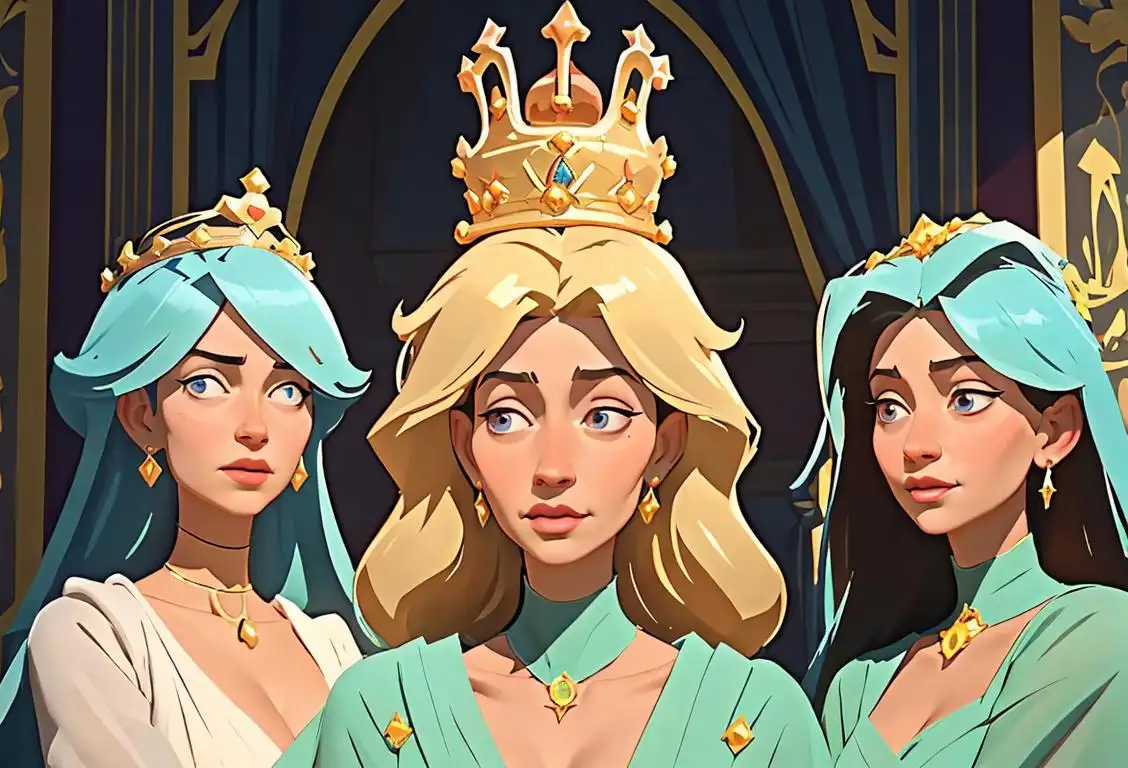
Welcome to the fascinating world of National Crown Day! Grab your tiaras and crowns, because we're about to dive into the history and celebrations of this regal occasion. Get ready for a royal treat!
When is Crown Day?
It's national crown day on the 3rd July.
The Birth of National Crown Day
On this illustrious day, we celebrate all things related to crowns and the majesty they represent. National Crown Day has a rich history that dates back centuries, but its internet history is a more recent phenomenon. The idea of a dedicated day to venerate crowns and their wearers first started gaining traction in online communities around 2010.
People from various backgrounds and interests were drawn to the symbolism and allure of crowns. From kings and queens to pageant contestants and cosplay enthusiasts, the crown became a cherished symbol of power, beauty, and aspiration.
How to Celebrate National Crown Day
There are countless ways to honor National Crown Day and embrace your inner royalty. Here are a few ideas to get you started:
- Host a crown-themed party: Invite your friends and loved ones for a glamorous gathering complete with crown decorations, delicious food fit for kings and queens, and a regal dress code.
- Have your own crowning ceremony: Create a moment of self-appreciation by giving yourself a symbolic crown or affirm your achievements with a personal crowning ritual.
- Learn about historic crowns: Dive into the captivating world of historical crowns and their significance. From the Crown Jewels to iconic royal headpieces, there's much to explore.
Did You Know?
Did you know that the world's most valuable crown is the Crown Jewels of the United Kingdom? This stunning collection includes the illustrious St Edward's Crown, which is used during the coronation of British monarchs.
Tags: loved ones, fun, fashion, history
History behind the term 'Crown'
12th century
The Birth of the Crown
The term 'crown' finds its origin in the 12th century when it was derived from the Old French word 'corone' which meant 'crown' or 'circlet'. During this time, the crown was primarily associated with the monarchy and symbolized the ruler's authority and power over a kingdom.
12th century
Early Symbolism
In the 12th century, the term 'crown' began to take shape as a symbol of authority and power. Derived from the Old French word 'corone', meaning 'crown' or 'garland', it became associated with the highest rank and sovereignty. Crowns were made from various precious metals and adorned with gems, symbolizing the wealth and status of the wearer.
14th century
The Evolution of the Crown's Design
In the 14th century, the design of the crown started to evolve. It became more elaborate, adorned with precious gemstones, and featured intricate patterns. The shape of the crown also began to change, with higher arches and points indicative of the wearer's higher status. This transformation reflected the increasing importance of aesthetics and symbolism associated with the crown.
Imperial Rome
Roman Influence
During the Roman Empire, crowns were used to symbolize royal and imperial power. Emperors often wore wreaths made of laurel leaves, known as 'corona triumphalis', to mark their victory. Over time, the concept of crowning oneself or others became an integral part of their culture.
16th century
Crown as a Symbol of Divine Right
During the 16th century, the concept of the divine right of kings gained prominence. The crown became a potent symbol representing the monarch's authority and legitimacy bestowed by a higher power. It reinforced the idea that the rulers were chosen by God, elevating their status above ordinary individuals.
Medieval Europe
Christian Symbolism
In medieval Europe, the concept of crowns took on religious significance. Kings and queens were anointed and crowned by the Church as a symbol of divine right and authority. This practice was inspired by biblical references to crowns and their association with righteousness and eternal life.
16th century
Heraldic Elements
In the 16th century, crowns became an important part of heraldry. They were used to represent the rank and lineage of noble families. Each rank had a specific style of crown, and these symbols were incorporated into family crests, shields, and flags. This tradition added a layer of visual distinction and identification.
17th century
Crown Jewels and State Ceremonies
In the 17th century, the importance of the crown was further solidified as monarchs began to possess crown jewels, extravagant collections of precious gems and metals. These Crown Jewels were used in state ceremonies, such as the coronation, where the crown played a central role in affirming the monarch's authority and consecrating their reign.
20th century
Symbol of Monarchy and National Identity
The 20th century saw the crown become a globally recognized symbol of monarchy and national identity. The British Crown Jewels, featuring the renowned Imperial State Crown, have become iconic worldwide. The crown continues to symbolize power, tradition, and the unity of a nation, often appearing on national flags, coins, and official symbols.
Modern Usage
Cultural Icon
In modern times, crowns have become emblematic of various cultural aspects. They are often associated with monarchy and monarchy-related events, such as coronations and royal weddings. Additionally, crowns have transcended traditional meanings and can be found in popular culture, representing authority, luxury, and even beauty pageants.
Did you know?
Did you know that the world's most valuable crown is the Crown Jewels of the United Kingdom? This stunning collection includes the illustrious St Edward's Crown, which is used during the coronation of British monarchs.Tagged
fun loved ones history fashionFirst identified
1st July 2020Most mentioned on
3rd July 2020Total mentions
649Other days
Crown Day
Jewel Day
Memorial Day
Senior Citizens Day
Texas Day
Gumbo Day
Wear Your Lilly Day
Commemorative Day
Nacho Day
Flag On The Occasion Of Independence Day
